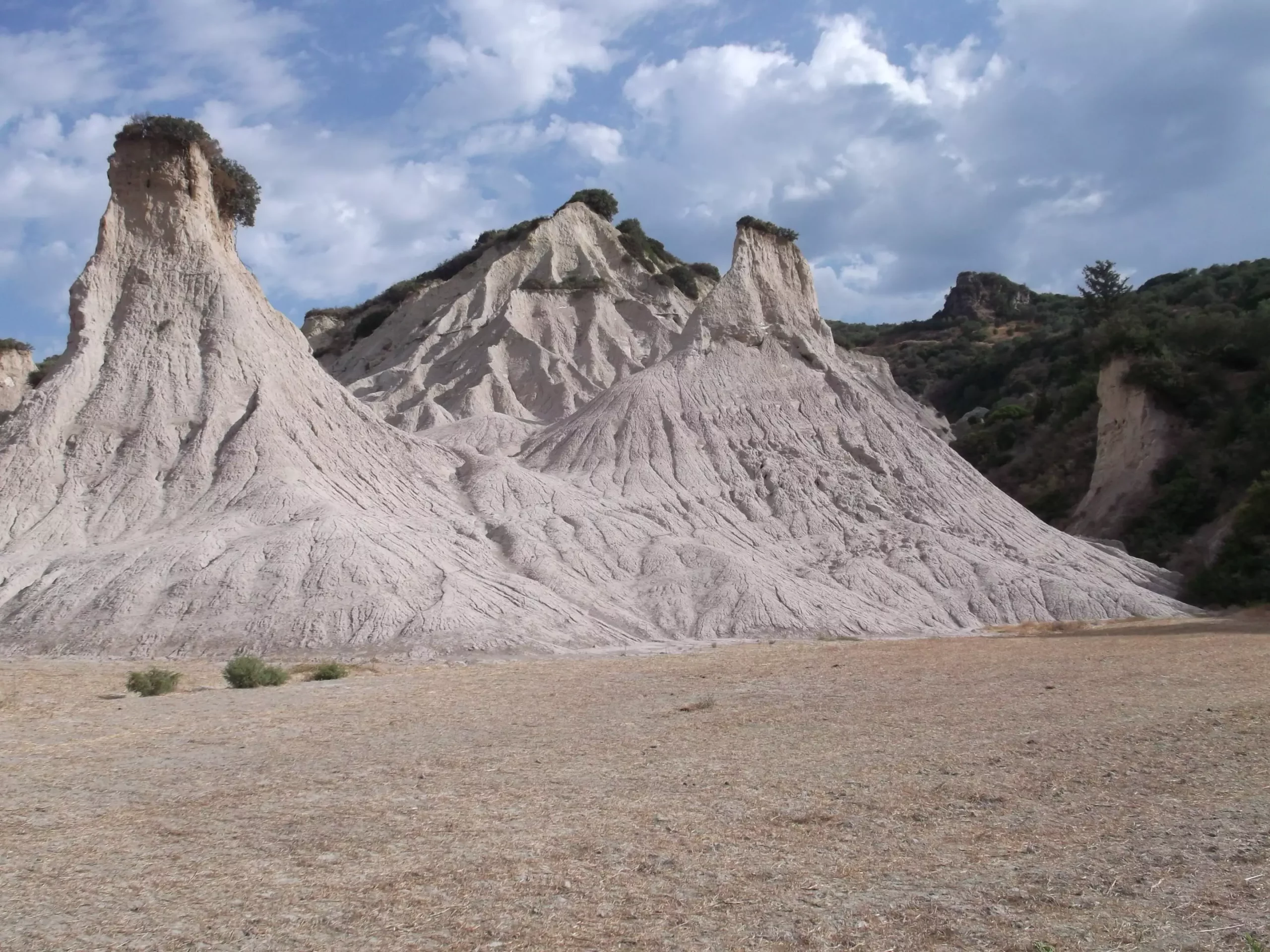The Mediterranean Sea, often regarded as a cradle of civilization, has undergone significant ecological transformations throughout its lengthy geological history. Among the most pivotal events is the Messinian Salinity Crisis, which occurred approximately 5.5 million years ago. This period was marked by an extraordinary isolation of the Mediterranean from the Atlantic Ocean, resulting in drastic salinity increases that fundamentally altered marine ecosystems. Recent research spearheaded by Konstantina Agiadi from the University of Vienna has shed light on the repercussions of this crisis on marine biodiversity, revealing how ecological disasters can have long-lasting effects on species survival and recovery.
The international study, which included contributions from 29 scientists across 25 European research institutions, painted a grim picture of the Mediterranean ecosystem during the Messinian period. Fossil records analyzed from both terrestrial and marine environments indicated that only 11% of the endemic species, those unique to this region, survived the environmental upheaval brought by the crisis. This catastrophic event wiped out around 67% of marine life in the Mediterranean, leading to a significant turnover of species. What is particularly striking is the protracted period necessary for biodiversity to rebound; researchers found that it took over 1.7 million years for the marine ecosystem to re-establish itself, suggesting that the implications of such catastrophic events extend far beyond their immediate effects.
Salt Accumulation and Ecosystem Disruption
Geologists have long recognized the Mediterranean as a region with significant salt deposits, sometimes referred to as “salt giants.” Formed during the Messinian Salinity Crisis, these immense salt accumulations raise vital questions about their influence on past and future ecosystems. The geological shifts that isolated the Mediterranean from the Atlantic not only caused catastrophic changes in salinity but also initiated complex shifts in temperature and altered migration patterns for marine organisms. The resultant disruption in crucial ecological processes significantly diminished the diversity of life within the Mediterranean Sea, leading to the extinction of numerous species, including key reef-building corals that are essential for maintaining marine habitats.
Reconnection and New Invasions
As the Mediterranean eventually reconnected with the Atlantic, a wave of new species, including formidable predators like the Great White shark and various oceanic dolphins, began to infiltrate the previously isolated waters. This marked the beginning of a novel biodiversity pattern, which is still evident today, characterized by a declining number of species from the western to the eastern Mediterranean. This influx of new life post-crisis challenges earlier understandings of marine evolution, highlighting how ecological recovery can introduce species dynamics that differ significantly from pre-crisis conditions.
The findings of Agiadi and her team not only provide a comprehensive statistical analysis of an ecological disaster but also offer a framework for understanding the interplay between tectonic movements, oceanic formations, and marine biodiversity. The implications of their research extend far beyond the Mediterranean; their methodologies can be applied to other regions, illuminating the broader impacts of geophysical changes on marine ecosystems globally. Questions about how the surviving 11% of species managed to endure the salinization and how prior salt formations affected ecological dynamics remain pivotal in ongoing research, as noted by senior author Daniel García-Castellanos.
The establishment of networks such as the Cost Action Network “SaltAges” signifies an acknowledgment of the need to explore not only biological impacts but also social and climatic implications stemming from these ancient environmental changes. As researchers embark on this new endeavor, they are poised to uncover extensive details about the interactions between salt formations and marine life, contributing to an enriched understanding of ecological resilience and dynamics.
The Messinian Salinity Crisis serves as a critical reminder of the fragility of marine ecosystems and the overwhelming impact of geological events on biodiversity. The ongoing research into this era underscores the need for continued exploration into the intricate relationships between geological processes and biological outcomes, offering insights that may help navigate future challenges in marine conservation.


Leave a Reply